Step 1. Assembling and preparing a working group and advisory group
Bring a group of core staff from across the organisation together in a climate justice working group. Read and familiarise yourselves with climate justice issues, principles and practices.
Visit: What is climate justice and why is it important?
Step 2. Understand climate injustices in local communities
Assemble a Lived Experience and/or Aboriginal and Torres Strait Islander advisory group or integrate climate justice into existing advisory group agendas. Work with the community and other experts to collectively develop an understanding of how climate change causes and exacerbates injustices in the places and communities your organisation serves. Ensure that the diversity within the community needs to be represented.
Visit: Identifying climate injustices in local communities
Step 3. Develop organisational climate justice principles and ensure inclusiveness, intersectionality, representation and responsiveness
One sentence here. Be specific about who is involved in this – is this with the working group advisory groups or both?
Visit: Climate justice principles – team workshop
Step 4. Review current policies to integrate climate justice into them.
Use the climate justice and resilience review tools and dimensions of climate justice reflection tool to assess how the organisation is currently enacting climate justice and where it can improve. Use these tools to identify which existing policies and processes can be infused with climate justice principles and actions.
Visit:
Climate justice and resilience review tools
Climate Action Statement – Australian Association of Social Workers
Step 5. Develop and integrate policy and strategies
Using the climate justice principles and the outcomes of the audit and reflective questions, co-design a comprehensive climate justice policy. The working group and advisory groups can participate in co-designing the policy. The policy should be informed by First Nations People and people with Lived Experiences and detail how resources will be redistributed to the community. The policy should outline the organisation’s commitment, objectives, and strategies for addressing climate injustices. Include specific actions that address the needs of people who are most impacted by climate injustice and marginalised in decision-making. Include climate and resilience action, advocacy positions, and sustainable procurement.
Climate justice policy examples
Climate justice principles – team workshop
Climate Justice Needs and Intersectional Approach – TOOLKIT
Read more
The series “Climate Mainstreaming: Breaking down the silos” includes four policy briefs. These briefs explain and explore how climate issues are linked with various topics such as justice, gender, digital technology, and health.
They include:
Climate justice principles – team workshop
Climate Mainstreaming: Climate and Health Policy
Climate Mainstreaming: Climate and Gender Policy
Climate Mainstreaming: Climate and Digital Policy
Climate Justice Policy – Environmental Solution Initiative (Note: This is a UN resource directed to environmental Climate Justice Policies

